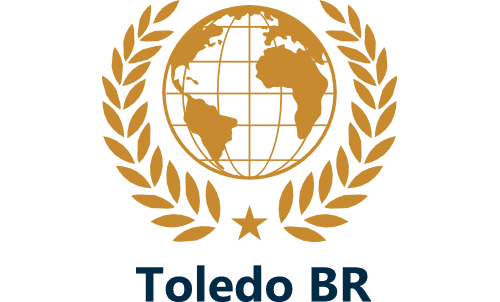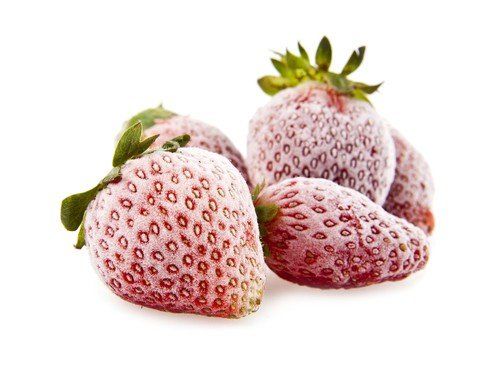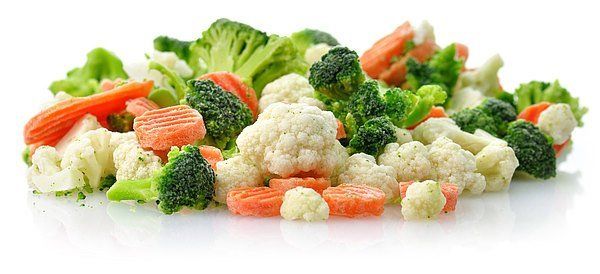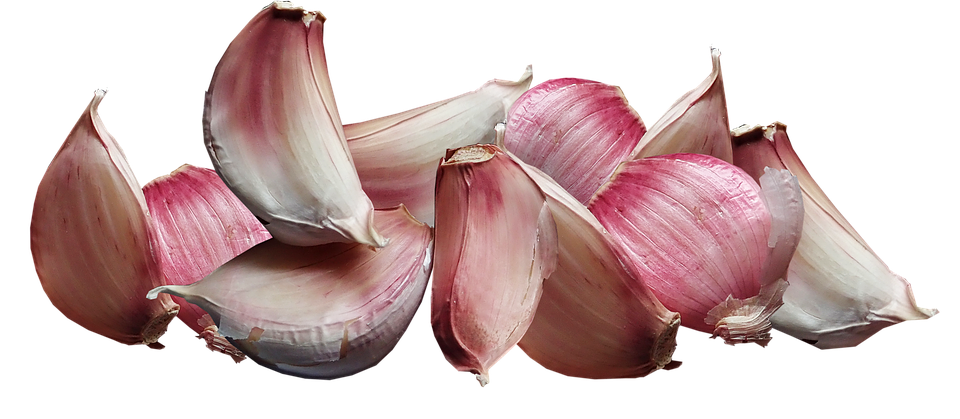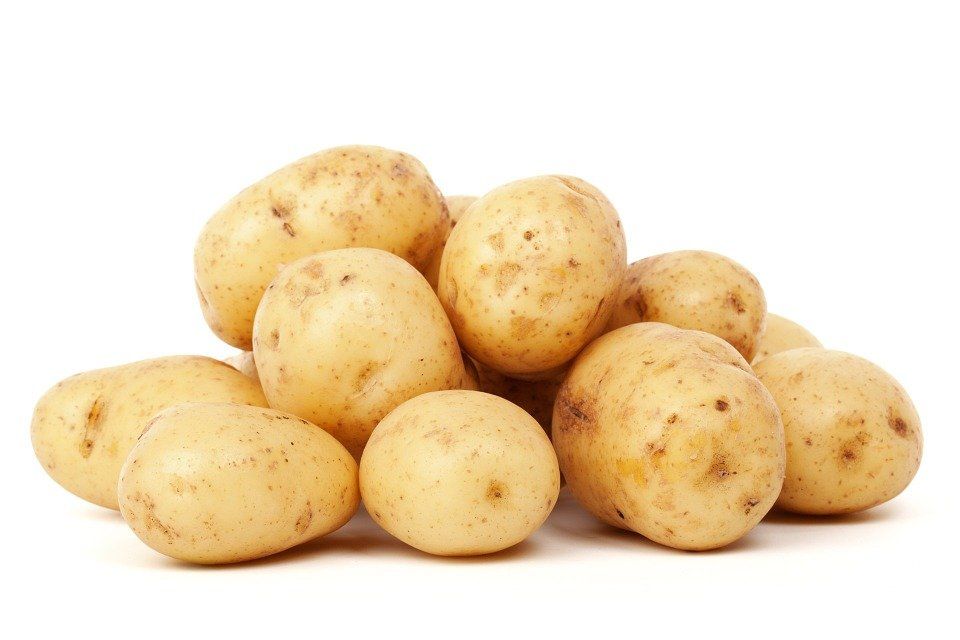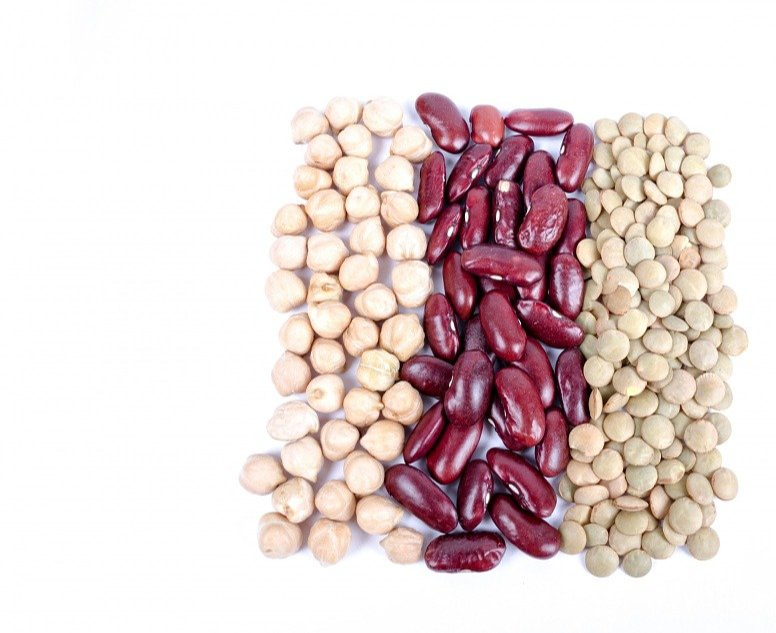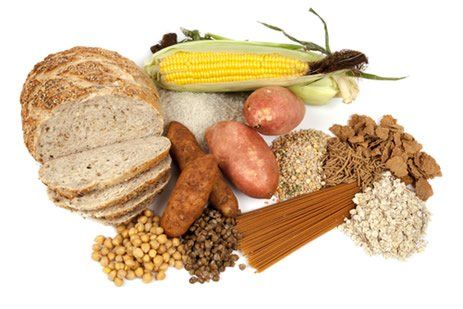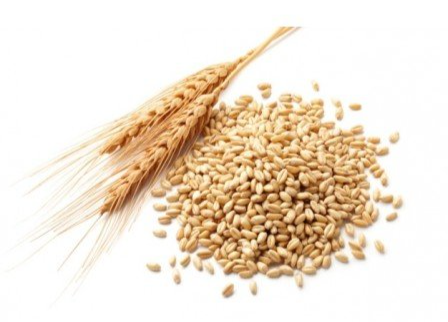01
Frozen fruits
Individually frozen fruits through the IQF - Individually Quick Frozen system, an ultra-fast freezing system that prevents the formation of ice crystals in fruits.
KNOW MORE
Ideal to ensure the characteristics of products such as: taste, color, odor and nutrients.
Frozen fruit pulps are ideal for use in industries or distribution to the end consumer.
02
Dried and Dried Fruits, In Sage and Oilseeds
Dried fruit obtained by the partial loss of water from ripe fruit, whole or in pieces, by appropriate technological processes.
The fruit in syrup comes from whole fruits or in pieces, with or without seeds or stones, with or without peel and incipient cooking, canned or glass, practically raw, covered with sugar syrup. They are then closed in containers and subjected to an appropriate heat treatment.
03
Frozen Vegetables and Mushrooms
Vegetables and Mushrooms individually frozen through the IQF - Individually Quick Frozen system, an ultra-fast freezing system that prevents the formation of ice crystals in vegetables.
KNOW MORE
Ideal to ensure the characteristics of products such as: taste, color, odor and nutrients.
04
Dehydrated and Fresh Vegetables
Dried vegetables obtained by the partial loss of water from ripe fruit, whole or in pieces, by appropriate technological processes.
KNOW MORE
05
Flounder Potato
The flaked potato is used in the food industry as a thickening agent for soups, sauces, purees etc.
KNOW MORE
In the meat and poultry industry, the addition of fine grain potato flakes in the amount of 3-4% for cured meats has a positive impact on the water absorption coefficient - released in the meat reduction process.Flakes are also used as raw material for the production of frozen foods, such as all types of cookies, croquettes, etc.
06
Pulses - Beans, Lentils, Chickpeas
Derived from Latin Puls, which means thick soup, pulses
are the edible plant seeds of the legume family. The term "pulse" refers only to dry seed: dry peas, beans, lentils and chickpeas are the most common varieties. Pulses are very rich in protein and fiber, and are low in fat. Like their cousins in the legume family, the pulses are nitrogen-fixing crops that improve the environmental sustainability of annual cropping systems.
KNOW MORE
07
Ferments, Starches and Proteins
Starch is used to change or control various characteristics such as texture, appearance, moisture and consistency. It also serves both to stabilize emulsions and to form oil resistant films. The biological yeast is composed of living microscopic fungi, while the chemical (or powder) is made from potassium bicarbonate. The fungi of live yeast feed on the glucose of wheat flour: its digestion produces, among other substances, the bubbles of carbon dioxide (carbon dioxide) that make the dough grow. In the chemical fermentation, the same gas is obtained in reactions of sodium bicarbonate with some acid
KNOW MORE
08
Sweeteners and Additives
Sweeteners and food additives are widely used in the food industry. Different substances are added to foods for the purpose of preserving or modifying their taste or improving their appearance.
KNOW MORE
09
Organic
Organic foods are those produced using methods that do not use synthetic pesticides, transgenics or chemical fertilizers. The techniques used in the production process respect the environment and aim to maintain the quality of the food.
KNOW MORE



